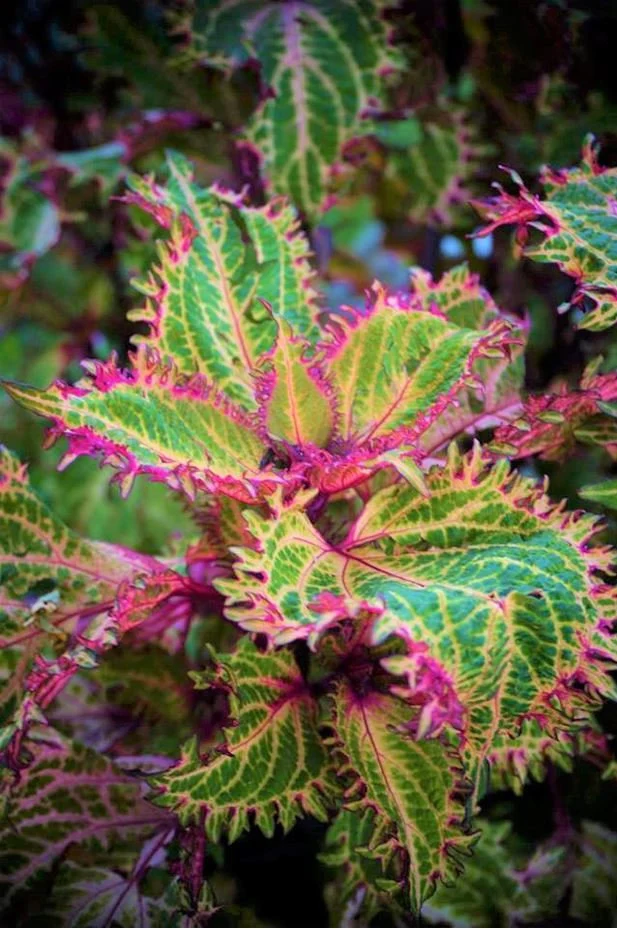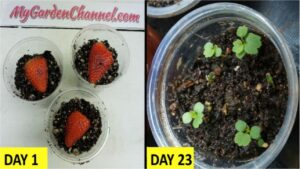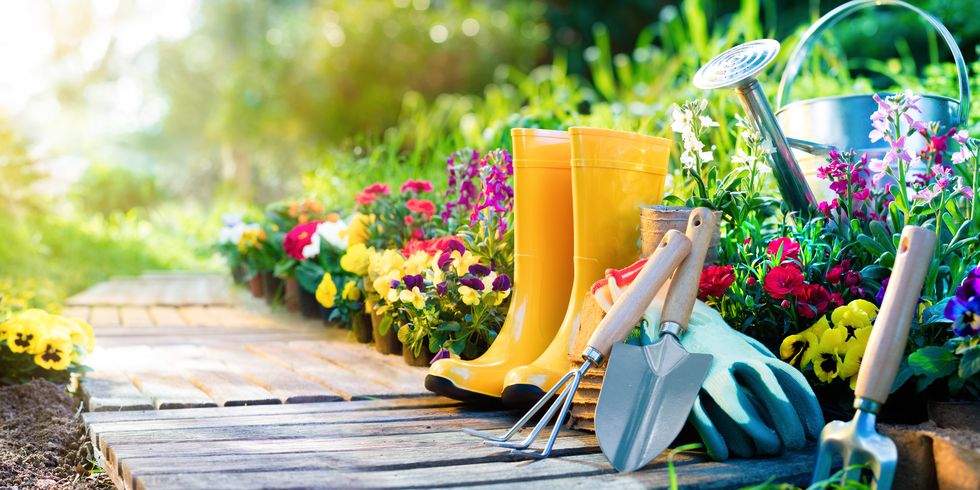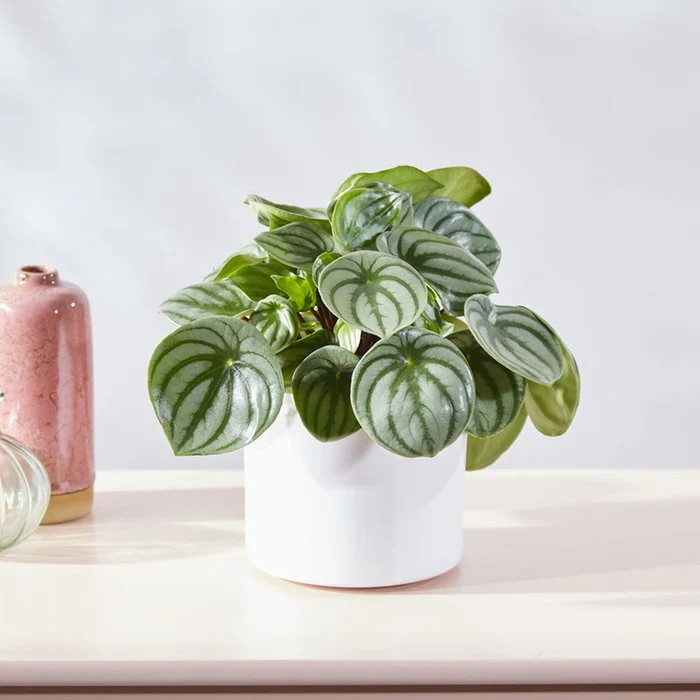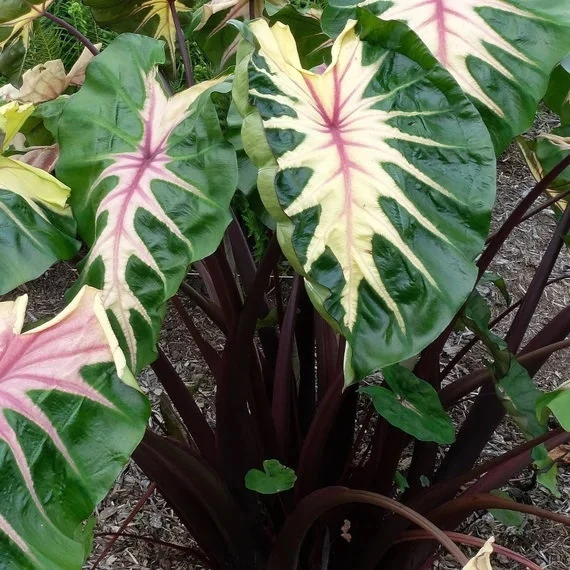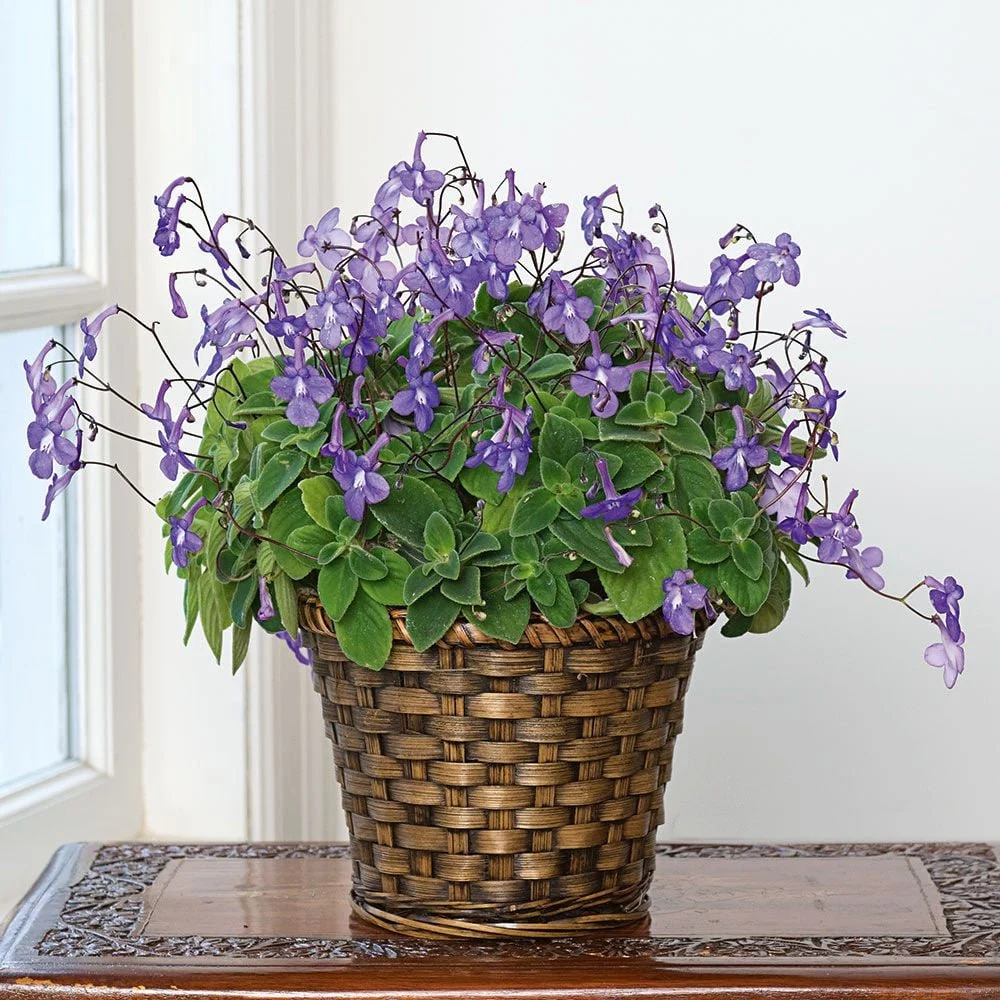Peter’s Wonder Coleus (Solenostemon scutellarioides), often just referred to as Coleus, is a beautiful and vibrant ornamental plant known for its striking foliage. It’s a cultivar of coleus with unique, bold, and multicolored leaves, making it an eye-catching addition to both garden beds and container plantings. Here’s a care guide for Peter’s Wonder Coleus:
Key Features:
- Foliage: The leaves of Peter’s Wonder Coleus are a mix of vibrant colors, typically featuring deep burgundy, red, pink, and purple hues, with edges that may be tinged in lime green. This colorful display is one of the most attractive features of this cultivar.
- Growth Habit: It’s a tropical, fast-growing plant that can reach 1-3 feet tall and 1-2 feet wide, depending on growing conditions. It has a bushy, spreading habit, making it ideal for borders or containers.
- Flowers: While coleus is grown primarily for its foliage, it does produce small, inconspicuous spikes of blue or white flowers, which are typically removed to enhance the plant’s appearance.
Care Guide for Peter’s Wonder Coleus:
- Location and Light
- Light Requirements: Peter’s Wonder Coleus prefers bright, indirect light but can tolerate some direct sunlight, especially in the morning. If grown in full sun, the colors may become more intense, but too much midday sun can scorch the leaves. In shadier spots, the plant may grow taller and less compact.
- Indoor vs. Outdoor: This coleus is versatile and can be grown indoors as a houseplant in a sunny window or outdoors in tropical climates. In cooler climates, it’s often treated as an annual or container plant.
- Soil Requirements
- Well-Drained Soil: Coleus prefers moist, well-drained soil. It thrives in soil that’s rich in organic matter. If your soil is heavy or clay-like, amend it with compost or other organic material to improve drainage.
- pH: It prefers slightly acidic to neutral soil (pH 6.0-7.0).
- Watering
- Consistent Moisture: Keep the soil moist, but avoid waterlogging. Water when the top inch of the soil feels dry, ensuring that the plant is never sitting in standing water.
- Humidity: Coleus thrives in moderate to high humidity. If grown indoors, it may benefit from occasional misting or placement near a humidity tray or humidifier, especially during dry seasons.
- Fertilizing
- Regular Feeding: Fertilize every 2-4 weeks during the growing season (spring through summer) with a balanced, water-soluble fertilizer. This will help the plant grow vigorously and maintain its colorful foliage.
- Avoid Over-Fertilizing: Too much fertilizer can cause the plant to become leggy with fewer vibrant leaves. Use a diluted solution or follow the recommended application rate on the fertilizer packaging.
- Pruning and Maintenance
- Pinching Back: To encourage a bushier growth habit and prevent legginess, pinch back the tips of the plant regularly. This helps the plant produce more branches and keeps it compact.
- Removing Flowers: While the flowers are harmless, they can divert energy from the foliage. Pinch off any flower spikes as they appear to keep the plant looking its best and focus the plant’s energy on vibrant leaf production.
- Deadheading: Remove any dead or damaged leaves to keep the plant looking neat.
- Winter Care
- Bring Indoors in Winter: In colder climates, coleus is not frost-tolerant and should be brought indoors before the first frost. Place it in a bright location inside.
- Temperature: Coleus prefers temperatures between 60°F and 75°F (16°C to 24°C). Protect it from drafts or sudden temperature fluctuations when growing indoors.
- Pests and Diseases
- Common Pests: Coleus can occasionally be affected by aphids, whiteflies, or mealybugs. Regularly check the plant and treat it with insecticidal soap or neem oil if pests are spotted.
- Disease: Overwatering or poor drainage can lead to root rot or fungal issues like powdery mildew. Ensure the plant has good drainage and avoid overhead watering to reduce the risk of diseases.
- Propagation
- Stem Cuttings: Coleus is easily propagated from stem cuttings. Take 4-6 inch cuttings from healthy stems, remove the lower leaves, and place them in water or moist soil until roots develop. This is a great way to grow more plants from your original one or to bring a new plant indoors for the winter.
- Landscaping Uses
- Borders and Edging: Peter’s Wonder Coleus is often used for border plantings, adding a burst of color along walkways or garden beds.
- Container Planting: It thrives in containers, hanging baskets, or window boxes, providing colorful displays all season long.
- Mixed Plantings: Pair it with other tropical or flowering plants to create vibrant, colorful arrangements in both sunny and partially shaded spots.
Troubleshooting:
- Leggy Growth: If the plant becomes tall and spindly, it might be getting too little light. Move it to a brighter spot or prune it back to promote bushier growth.
- Yellowing Leaves: Yellowing could be a sign of overwatering, nutrient deficiencies, or too much direct sunlight. Check your watering routine and ensure the plant is in an appropriate spot.
- Faded Colors: If the colors of the leaves start to fade or become dull, the plant might not be getting enough light. Move it to a brighter location.
Peter’s Wonder Coleus is a relatively low-maintenance plant that offers spectacular foliage and can add vibrant color to both indoor and outdoor spaces. With the right care, it will thrive and reward you with its stunning leaves throughout the growing season.
Proudly powered by WordPress

